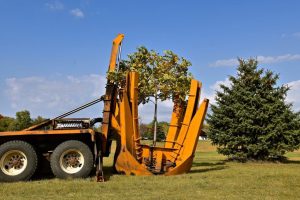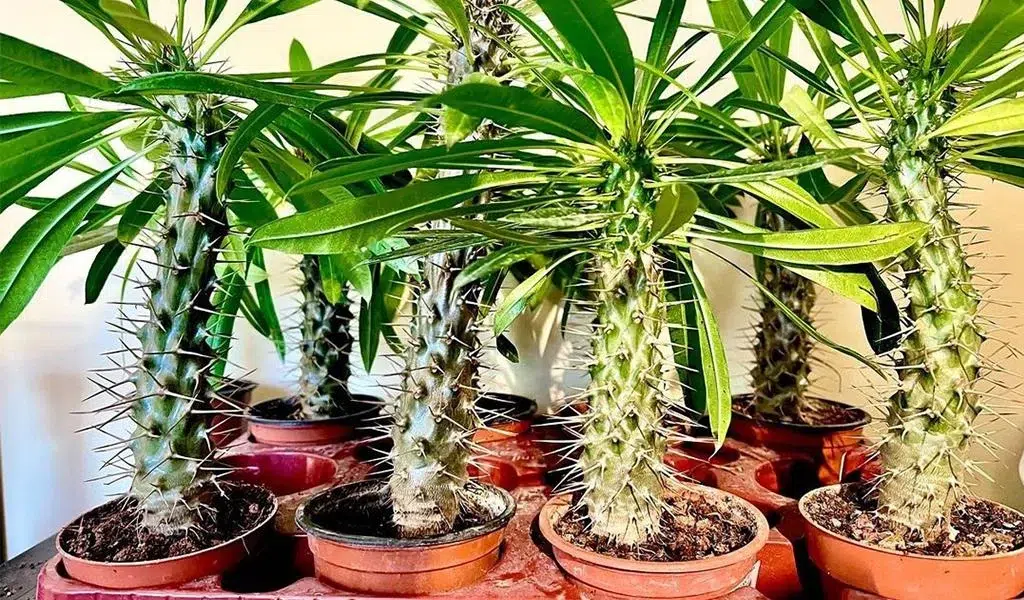How to trim a tree without killing it?
Trimming a tree can be a daunting chore, especially if you want to avoid accidently damaging it. If you’ve ever wondered how to trim a tree without harming it, you’ve come to the perfect place. Tree trimming is more than just snipping branches; it is about caring the tree while keeping it healthy and attractive. ArborTrue CA, your go-to for tree services around the US, has provided you with this comprehensive guide on mastering the art.
Understanding Tree Trimming
Before we get into the details, let’s clarify what tree trimming entails. It’s not a quick cure; it’s a thorough technique that promotes healthy development while protecting the tree’s structure. Consider giving your tree a beautiful trim to help it grow.
Why Proper Trimming Matters?
Proper trimming is essential for keeping your tree healthy. Incorrect procedures can cause stress, sickness, and possibly the death of the tree. So, how can I trim a tree without destroying it? It’s all about knowing the tree’s requirements and using the appropriate approaches.
Tools You’ll Need
Before we begin the step-by-step guide, make sure you have the following tools handy:
Pruning Shears: For smaller branches.
Loppers are for thicker branches.
Hand Saw: For bigger branches.
When working on huge trees, wear gloves, safety glasses, and a helmet.
How to trim a tree without killing it?

Step-by-Step Guide to Trimming a Tree Without Killing It
1. Determine the Tree’s Health
Before you start cutting, make sure your tree is healthy. Check for symptoms of sickness or injury. If the tree is in poor condition, it is preferable to consult with a specialist before starting.
2. Determine the Right Time
Timing is essential when it comes to tree trimming. Most trees are best trimmed during their dormant season, which is often late winter or early spring. This lowers the chance of disease while encouraging healthy new growth.
3. Identify what to trim
Examine your tree and determine which branches require treatment. Focus on:
Dead or diseased branches can transmit illness or pests.
Crossing branches can brush together, causing sores.
Overgrown Branches: These could be impeding light or routes.
4. Begin with the Right Cuts
Use the proper cutting techniques:
Make Clean Cuts: Using sharp instruments to make clean cuts allows the tree to mend more quickly.
Avoid Topping: Topping, or taking off the tree’s top, can have major health consequences. Stick to removing smaller branches.
Cutting method:
First, cut a small notch on the underside of the branch, around 6-12 inches from the trunk. This helps to reduce bark tearing.
Second Cut: Make the final cut on the top of the branch, little further out than the previous cut. This should remove the branch cleanly.
Final Cut: Remove the remaining stub by cutting just outside the branch collar (the swelling area where the branch meets the trunk).
5. Avoid over-trimming
It’s easy to go too far, yet less is more. Remove no more than 25% of the tree’s canopy at one time. Over-trimming can stress the tree and increase its susceptibility to disease and pests.
6. Monitor and maintain
After trimming, monitor the tree’s health. Look for symptoms of stress or sickness. Proper watering and fertilisation might help your tree recover following cutting.
Common Mistakes to Avoid
Ignoring the Tree’s Needs. Every tree species has various requirements. Make sure you understand your tree’s specific requirements.
Improper Tool Use: Using dull or ineffective instruments might harm the tree. Always use sharp and proper tools for the work.
Ignoring Safety: Trimming trees can be harmful. Always utilize appropriate safety equipment and, if required, seek expert assistance.
When to Call a Professional.
If you have large trees or complex trimming needs, it’s best to hire a professional. ArborTrue CA offers professional tree services and can handle all of your tree care requirements with accuracy and care.
FAQs
1. How often should you prune your tree?
It depends on the tree’s species and growth pace. Most trees can be trimmed once or twice a year.
2. May I trim a tree myself?
Yes, but ensure that you understand the processes and have the necessary equipment. Consider hiring a professional if you have enormous trees or difficult cuts.
3. When is the ideal time of year to trim your tree?
Most trees perform best in late winter or early spring, when they remain dormant.
4. How can I tell whether my tree needs to be trimmed?
Search for dead, diseased, or overgrown branches. If the tree’s shape is imbalanced or obstructs pathways, it may also require trimming.
5. What shall I do with the trimmings?
Branches can be chipped and composted. Larger logs can be utilized as firewood or in other applications. When disposing of yard waste, always follow local guidelines.
Please call ArborTrue CA for experienced guidance and services in tree pruning and care.
Conclusion
Trimming a tree without harming it involves knowledge, good technique, and some patience. By taking these actions, you can
Ensure that your tree remains healthy and gorgeous for years to come. Remember, ArborTrue CA is here to help with all of your tree care needs. Happy trimming!




